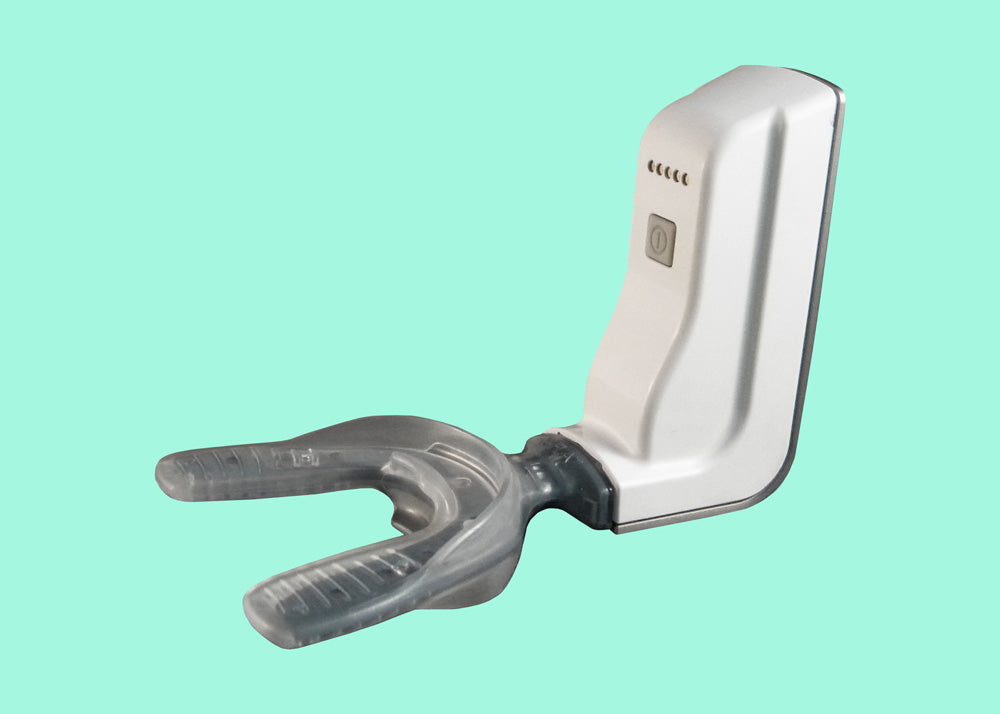1. Substrate coring for uniform wall thickness of 2nd shot.
It is necessary to maintain a uniform wall thickness in the areas of the substrate that will be filled or covered by the second shot. The same design principles that apply to plastic parts apply to the voids in the substrate to be filled by the 2nd shot. These would include ribs being 60% of the thickness of intersecting walls, and generous radii and fillets for flow. Typically there is no shrinkage applied to the 2nd shot mold since the substrate will not shrink after the over-molding process.
2. Shutoff areas between substrate and 2nd shot.
It is often necessary to provide cosmetic “style” lines between the substrate and the over-molded part. There needs to be a certain amount of preload (interference) applied to the shutoff (boundary) areas on the substrate. This results in slight deformation of the area in contact. This aesthetic issue can be avoided by creating an intentional area such as the groove, for this to take place. This groove can act as a convenient place for creating a mechanical attachment area between the two materials. Style grooves are also necessary when the part is textured. A seal off must be achieved to contain the second shot. Because of the pressure exerted by the mold on the substrate, the textured areas will be compressed and a noticeable “shiny” area will develop. This can be eliminated by utilizing the groove as the “pinch” point.
3. Evaluation of material bonding vs. mechanical bonding of dissimilar materials.
Adhesion between the substrate and the over-molded part is usually necessary to proper fit and function of the final product. Preheating the substrate might be necessary to bring its surface temperature closer to the melt temperature of the over mold, so as to reach optimum bond strength between the two materials. Some materials are well suited for this process while others may need additional mechanical attachment features. These mechanical bonding features can be as simple as a thru hole with a counterbore, or as elaborate as a “runner” system on the underside of the substrate. VistaTek can assist you in determining your best course of action based on your geometry and material requirements.
4. Obtaining flow between isolated or separate areas of 2nd shot.
Often times the over-molded part will have isolated or multiple areas needing to be filled. This can be accomplished by the use of “runners” feeding material across the non-visible portions of the substrate. These runners will tend to freeze off easily, so they should originate from thick sections of the 2nd shot and be as thick as the primary wall section if possible. The use of through holes in the substrate will deliver the over-molded plastic to the isolated area.
5. Ability to support substrate during 2nd shot.
The molding process generates hundreds of thousands of pounds of pressure against the cavity walls of the mold. When those cavity walls are plastic, this can spell disaster for the substrate. The substrate must be designed so that the 2nd shot mold can adequately support the areas being molded. Features under the 2nd shot in support areas need to have clearance built into the mold to accommodate for deviations in part tolerance. These features, such as ribbing, should be kept to a minimum in those areas.
If you have more questions, please do not hesitate to contact us or upload files for quoting and evaluation.
Written By: Danny Mishek | President, VistaTek

